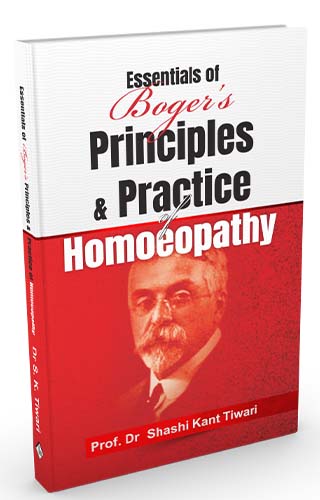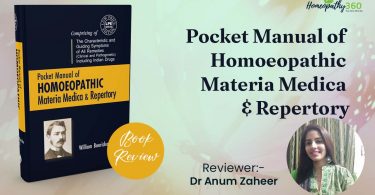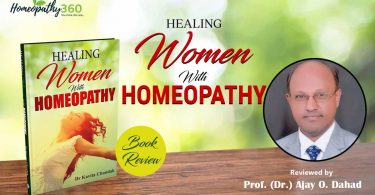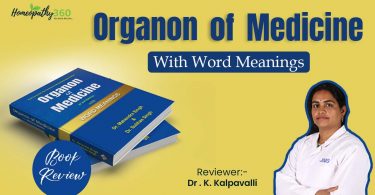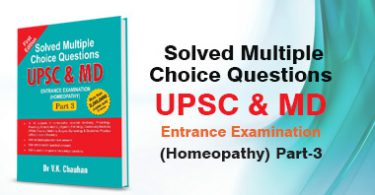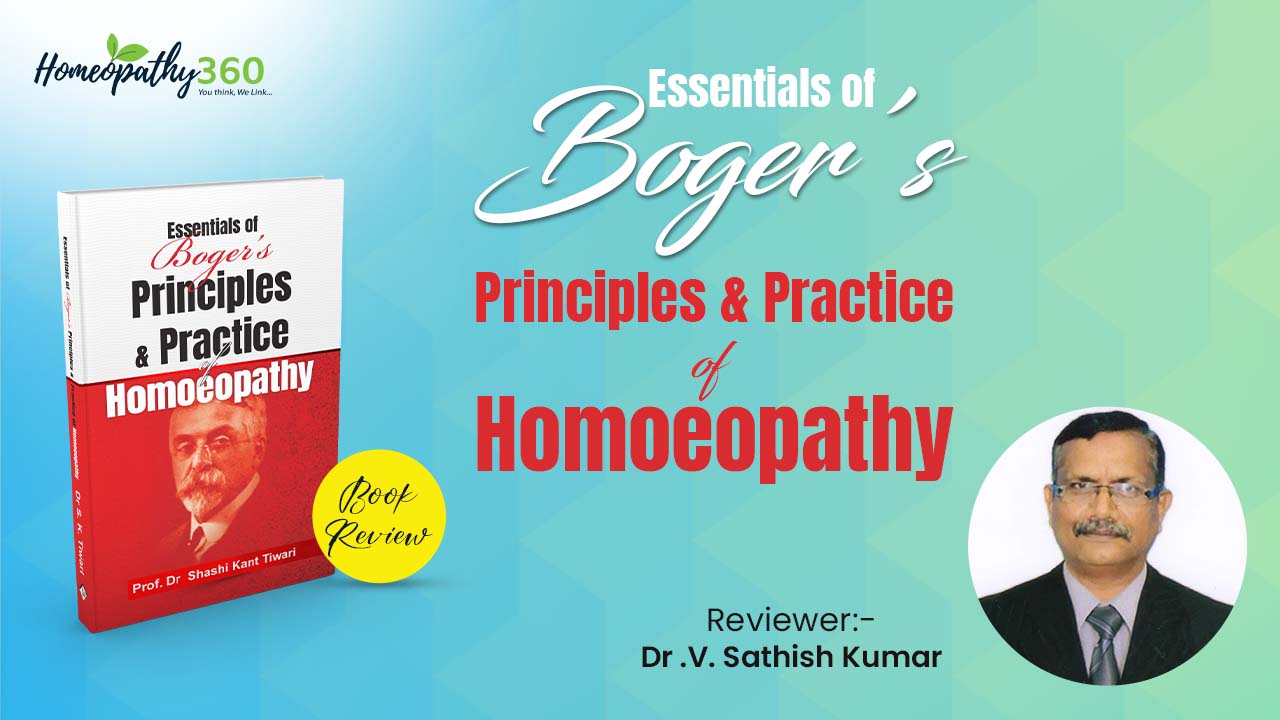
The aim of this book is to connect the scattered concepts of Boger in order to practice successfully in clinical point of view. Boger had a great role in reorganizing the dynamics of homoeopathy into practical homoeopathy. This he has done through delivering lectures, discussions, etc among that 66 “piece of gems” are added to this compilation. This book contains principles of homoeopathy, philosophy, materia medica and therapeutics as well as repertory. In order to give clear cut idea of the principles of homoeopathy this book has been compiled with the sources from Kent lectures, principles and art of cure by Stuart Close. This book also includes biography of Dr. Cyrus Maxwell Boger and publishers note. It contains 66 chapters with short profile of author at the end.
It contains explanation regarding the homoeopathy which is the only system which teaches the medicine in its fullness, where each and every student can work based on law of action and reaction. Homoeopaths are real vitalists. It includes about how the homoeopaths should be, how to hard work like master in order to attain perfect cure.
This also states that Hahnemann was not ignorant regarding the germ borne disease and that dynamized remedies are sufficient for their cure. Importance of similia similibus curanter and in order to obtain cure, it is most important to observe each and every minute things from the patient. The author has mentioned the importance of reading. Clarke’s homoeopathy, Burnett’s “50 reasons for being a homoeopath”, Hahnemann’s organon, Kent’s philosophy, Nash leader, Farrington’s materia medica and repertory are some of the books the author has referred from. True learning begins when we place the bias aside and preconceived idea aside, and have explained regarding the teaching method in colleges in order to attain cure in patients. The author has illustrated the struggle between dynamism and materialism.
The author extraordinarily explicated what homoeopathy means, how it was former and how it is improving along with the science. The victory of homoeopathy in acute diseases, the success of homoeopathy in cholera has been clearly illustrated with the uniqueness of the drugs and its adaptability, convertibility and the repetition of doses.
The author alluringly expounded the evolution of homoeopathy by our great master Dr. Samuel Hahnemann. Clear cut cured cases have been included with the method of prescription. He has described some single remedy rubrics, homoeopathic specific remedy in aphorism 153, the explication of law of cure plays a major role in the life of physician one who genuinely wants to give cure to the patient by learning this one can safely, effectually and permanently cure the patient. The author comprehensibly stated that our way of providing therapy completely depends upon the breadth of our mind. He also mentioned the calm way of treatment by the homoeopaths. Most importantly the author has stated that we are often compelled to choose the remedy from the standpoint of diagnosis, but this method brings numerous pitfalls, so this has to be avoided. Illustrations of incipiency held from some peculiarity, often obscure with increasing tenacity. The author made us to understand the importance of the subject of energy, which is most necessary to study the homoeopathic philosophy clearly explicated the importance of vital energy in disease, the restoration of health.
Importance of symptomatology which is termed as language of disease is illustrated in an authenticated manner. The structured format of taking a case have been mentioned like location, origin, the method of case taking, the modality, mind, concomitants, peculiarities and the time, which provides the physician an idea for collecting data from the patient. Apart from explaining a structured format, he has also mentioned the way of taking the case, how the case is to be collected how to reach the appropriate medicine which makes the role of physician simple.
The failures faced by prescribing the remedy based on keynotes are brought into light by the author. He has beautifully added the conversations between Boger and other stalwarts. He brought into light the importance of anamnesis and its role in finding the similimum, he has extracted data from the article written by Boger in 1924 which is named as “Finding The Similimum” have illustrated with the case.
The author completely removed physicians’ confusion in selecting indicated remedy by explaining it in a great manner. Apart from this he also stated the reaction by our vital force, grading of symptoms. Uses of repertory, the Boenninghausen’s article and its importance are stated. The authenticity of doctrine of signature in homoeopathy and some random notes by Boger have been included. Topic like the relationship of homoeopathy to pathology brings wider angle of thinking in the physician in order to prescribe appropriate medicine.
He enhanced the view of homoeopathy in treating cancer, which made the readers to approach in a confident manner; the author elaborative gave an idea regarding treating child cases, liver disease, and tuberculosis. The action of metals upon reproductive system and handling of female related cases have been included.
The description regarding strontium salts are explained clearly. He has also mentioned the utility of the remedy GYMNACLADUS as a separate chapter with case.
Author made great work by compiling such book which is more helpful in understanding each and every way to attain cure.
This book gives us an idea in every aspect like knowing organon, repertory and materia medica. This brings lights in the practice of physician and students by opening their eyes and rescuing them from avoiding bias.
I am grateful to inscribe my review about this wonderful book.
Thank you
Dr .V. Sathish Kumar, MD(Hom.) Prof And Head Department Of Repertory, Sarada Krishna Homoeopathic Medical College, Pg and Ph D Guide in The Tamilnadu Dr. M.G.R Medical University, Chennai.
Author of “Boenninghausen-Boger Final General Repertory” Editor of “Repertory Expert”, author of “Evaluation Of Card Repertory And Methods And Techniques Of Repertorisation” and “A Handbook For Symptomatology With Analysis And Evaluation”. Published few articles in peer reviewed and scopus journals, national speaker and resource person.
Title: Essentials of Boger’s Principles and Practice of Homoeopathy.
Author’s Name: Prof Dr. Shashi Kant Tiwari
Publisher’s Name: B. Jain Publishers (P) Ltd.
ISBN: 978-81-319-2821-9
No of Pages: 326


